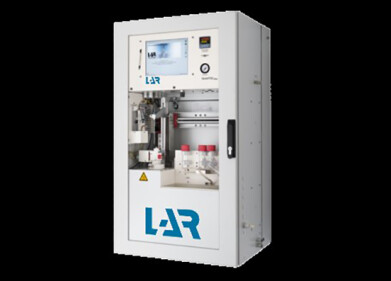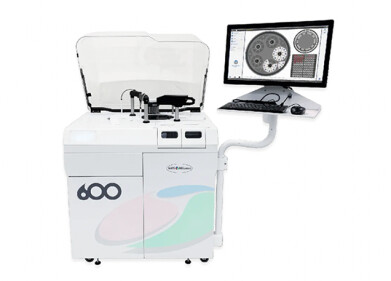Wastewater analysis
Hawaii wastewater discharge closes bay
Sep 30 2013
All activity in the waters of Puhi Bay, Hawaii was banned last week after the bay was contaminated by the release of partially treated wastewater. Swimming, fishing and boating were all banned in the waters on Friday (September 27th) after the wastewater was released by the Hilo Wastewater Treatment Plant.
Around 72,000 gallons of partially treated water was released via an outfall in Puhi Bay after an electrical fire at the wastewater treatment plant resulted in power failure. A statement issued by Hawaii's Wastewater Division indicated that the release was due to a bypass of the secondary treatment process at the plant. The bypass only occurred for a period of 43 minutes on Thursday (September 26th) evening.
The outfall pipe is only used to discharge partially treated wastewater in case of emergencies. Usually the pipe is utilised for the discharge of disinfected and fully treated wastewater, which comes direct from the new treatment facilities, located near to Hilo airport. The pipe extends around three-quarters of a mile offshore from the former Puhi Bay sewage treatment plant.
Wastewater that was prematurely discharged had already gone through primary treatment at the current sewage treatment plant, before it bypassed the secondary stage of treatment and was discharged into the bay. Once the electrical system was dealt with and power was restored to the treatment system, the bypass was stopped, resulting in the discharging of partially-treated water to cease.
As a result of the incident, signs have been posted throughout the area to warn of the contaminated water. The signage follows Hawaii State Department of Health protocols and will not be taken down until testing of the water in the area reveals that the water is entirely safe.
According to the Wastewater Divisions statement, daily testing will be taking place to ensure that bacteria levels along the shoreline have not increased. It is hoped that as the disinfection stage of the treatment process was still engaged at the time of discharge, bacteria levels will remain stable and that there will be no lasting effect on the health of the bay's water.
Digital Edition
IET 35.2 March
April 2025
Air Monitoring - Probe Sampling in Hazardous Areas Under Extreme Conditions - New, Game-Changing Sensor for Methane Emissions - Blue Sky Thinking: a 50-year Retrospective on Technological Prog...
View all digital editions
Events
Apr 21 2025 Shanghai, China
Apr 22 2025 Hammamet, Tunisia
Apr 22 2025 Kintex, South Korea
Analytica Anacon India & IndiaLabExpo
Apr 23 2025 Mumbai, India
Apr 23 2025 Moscow, Russia



















